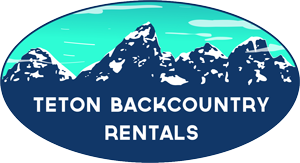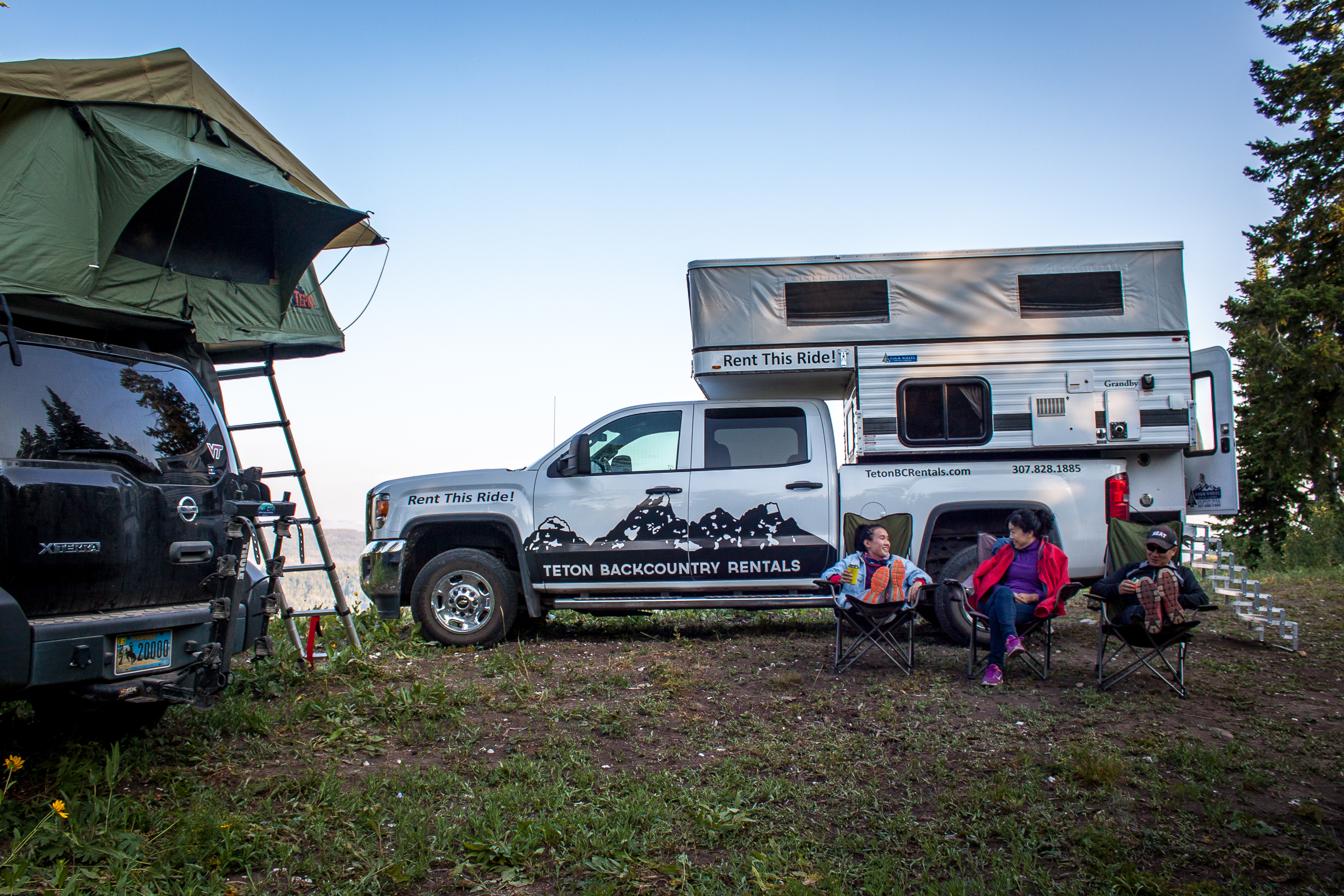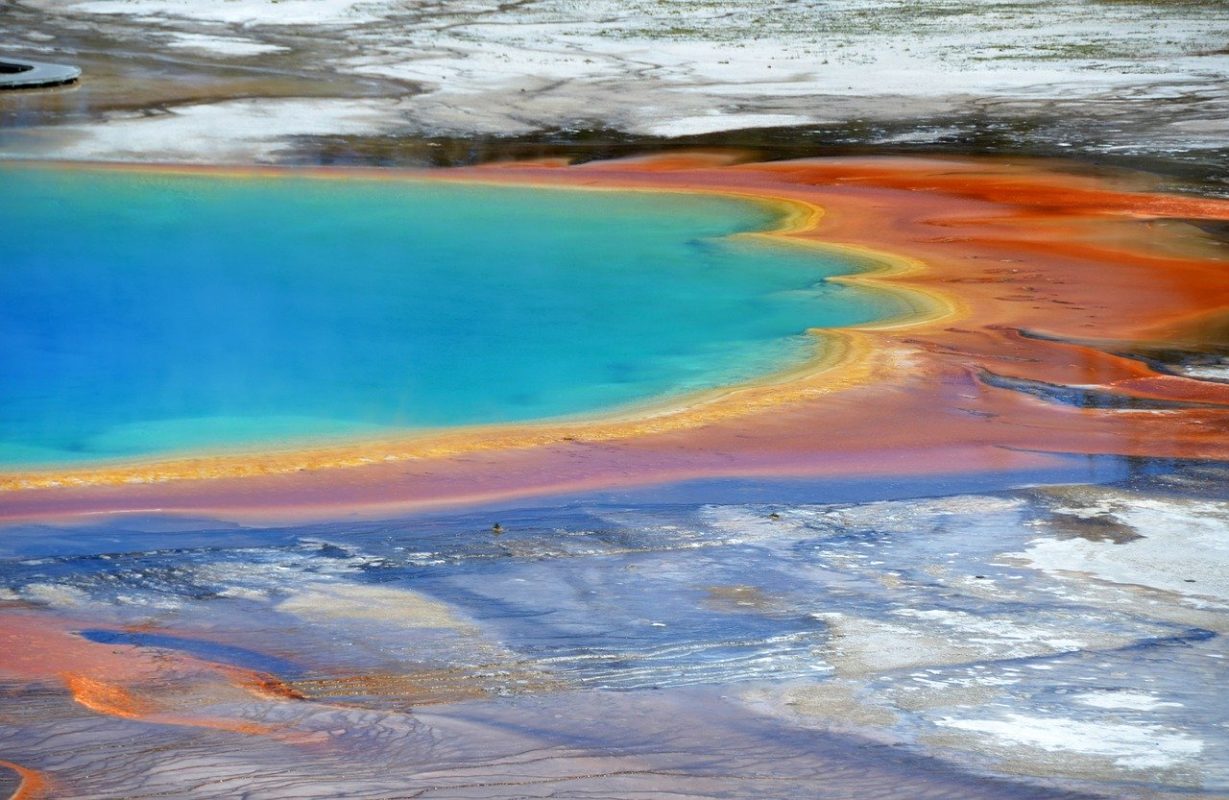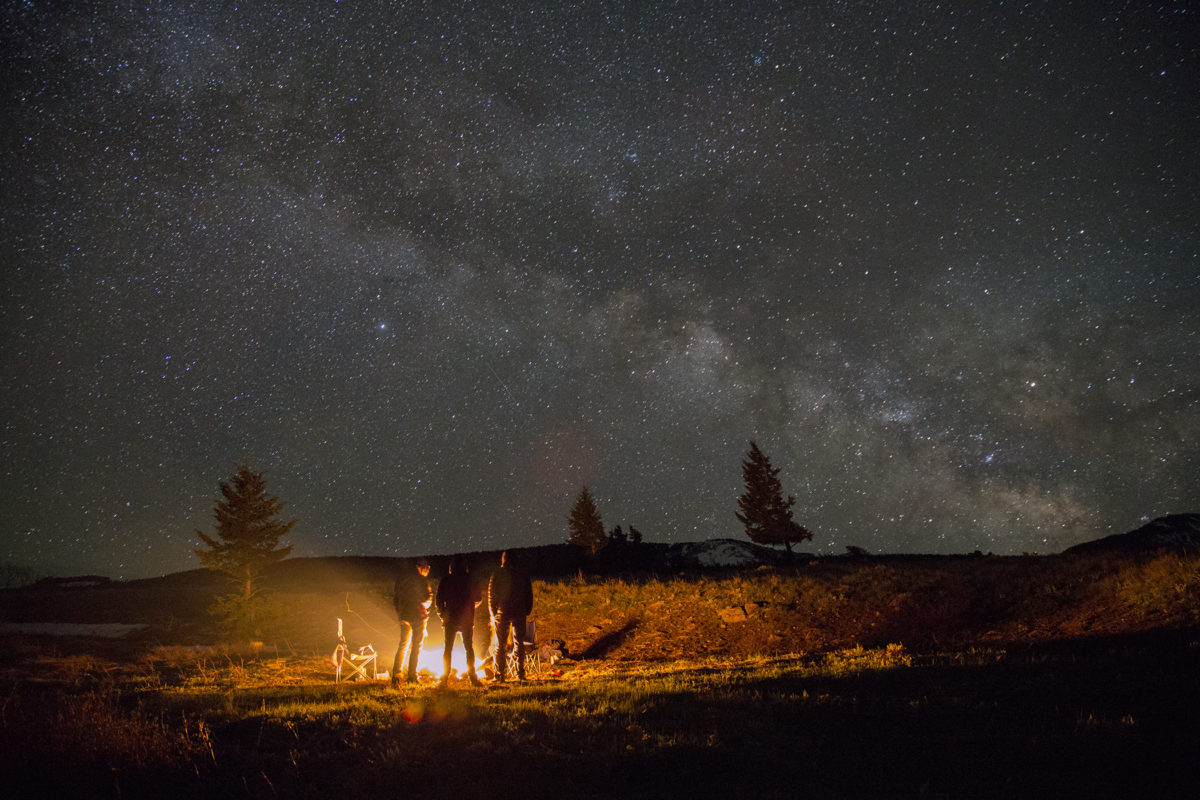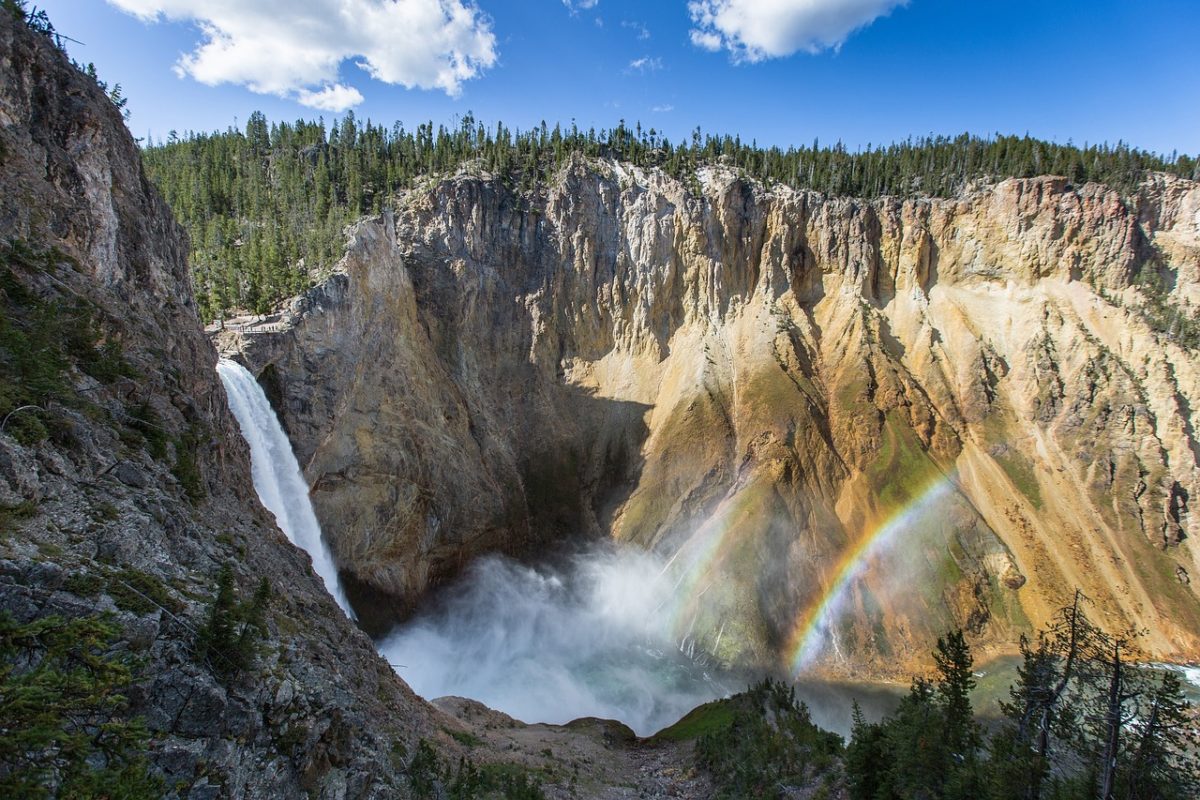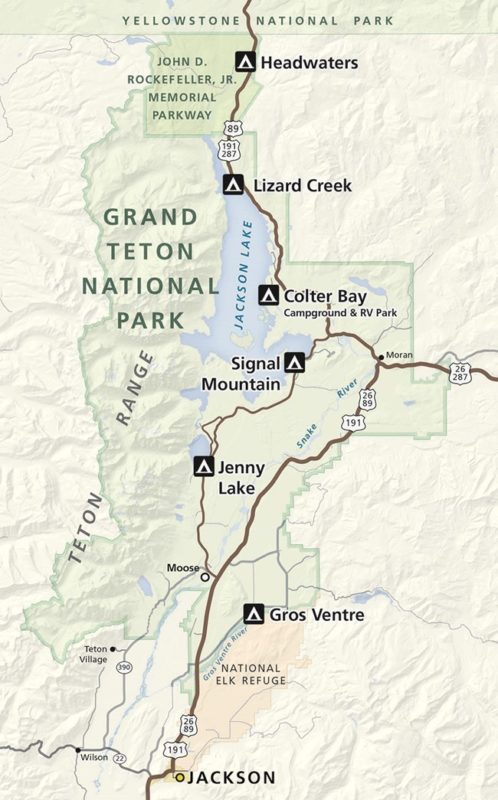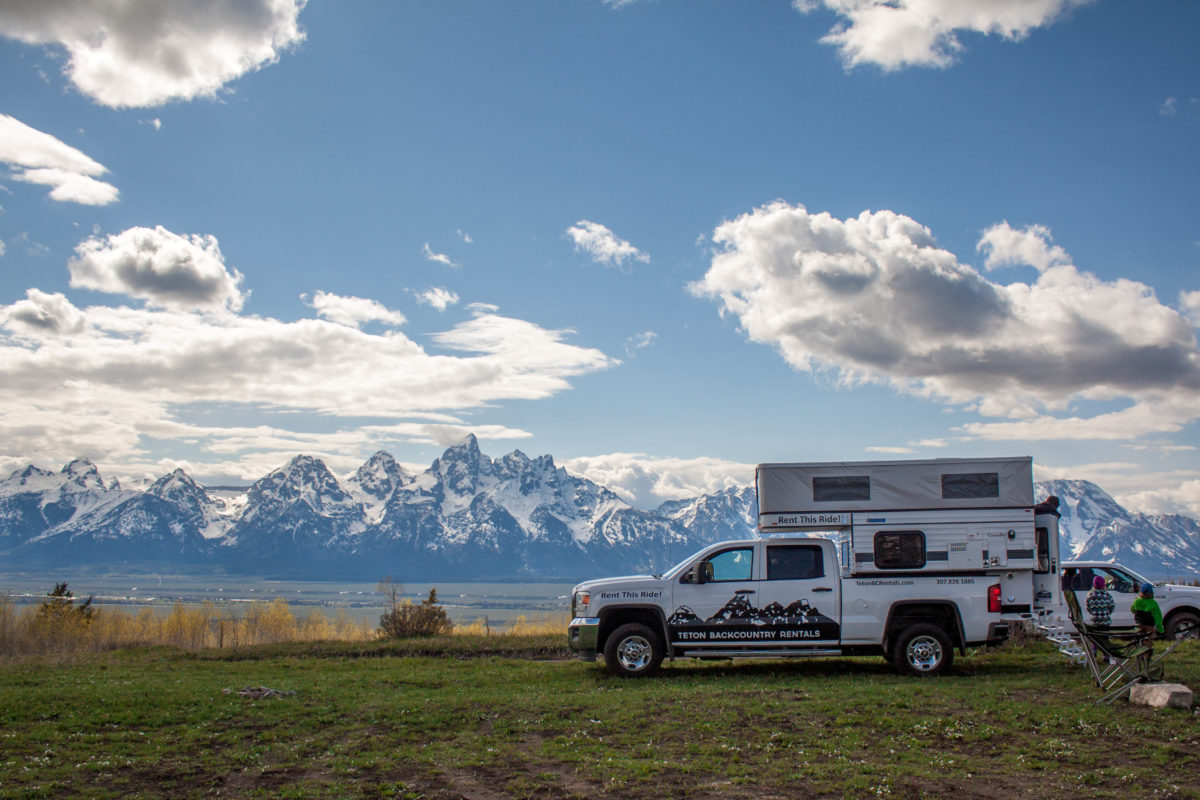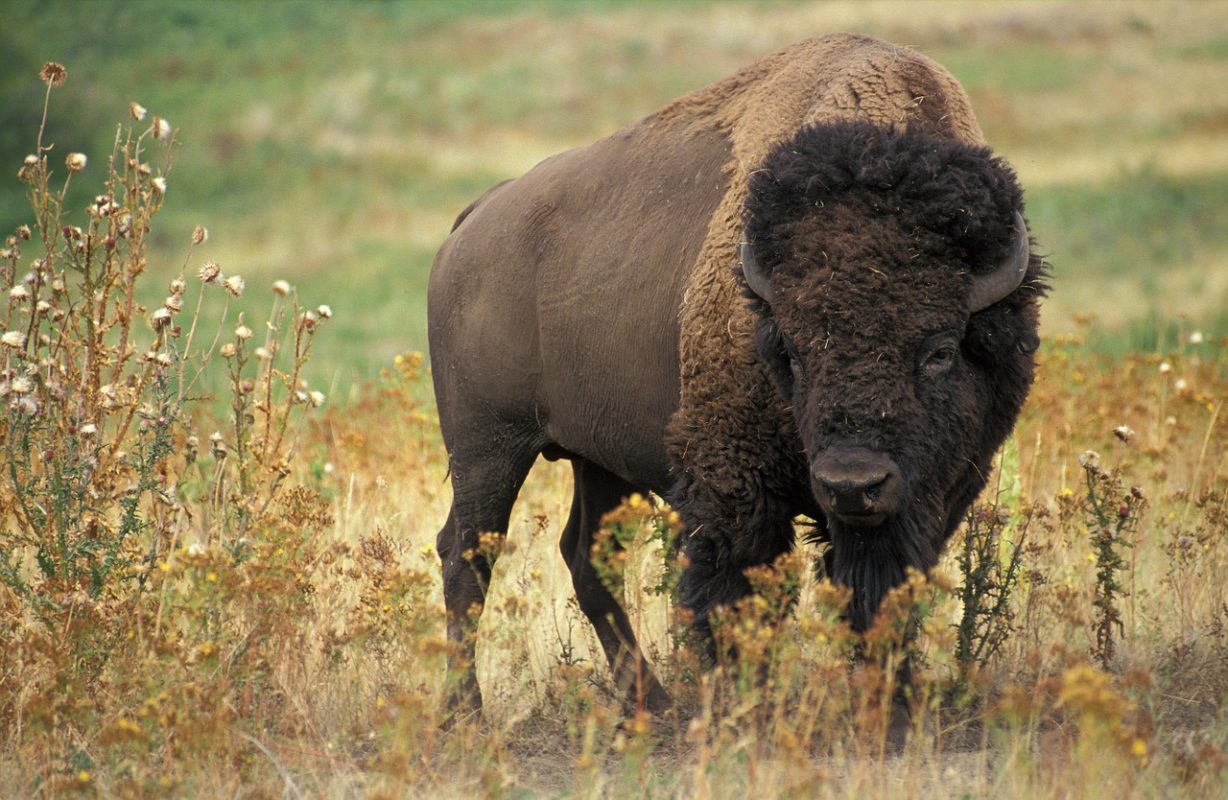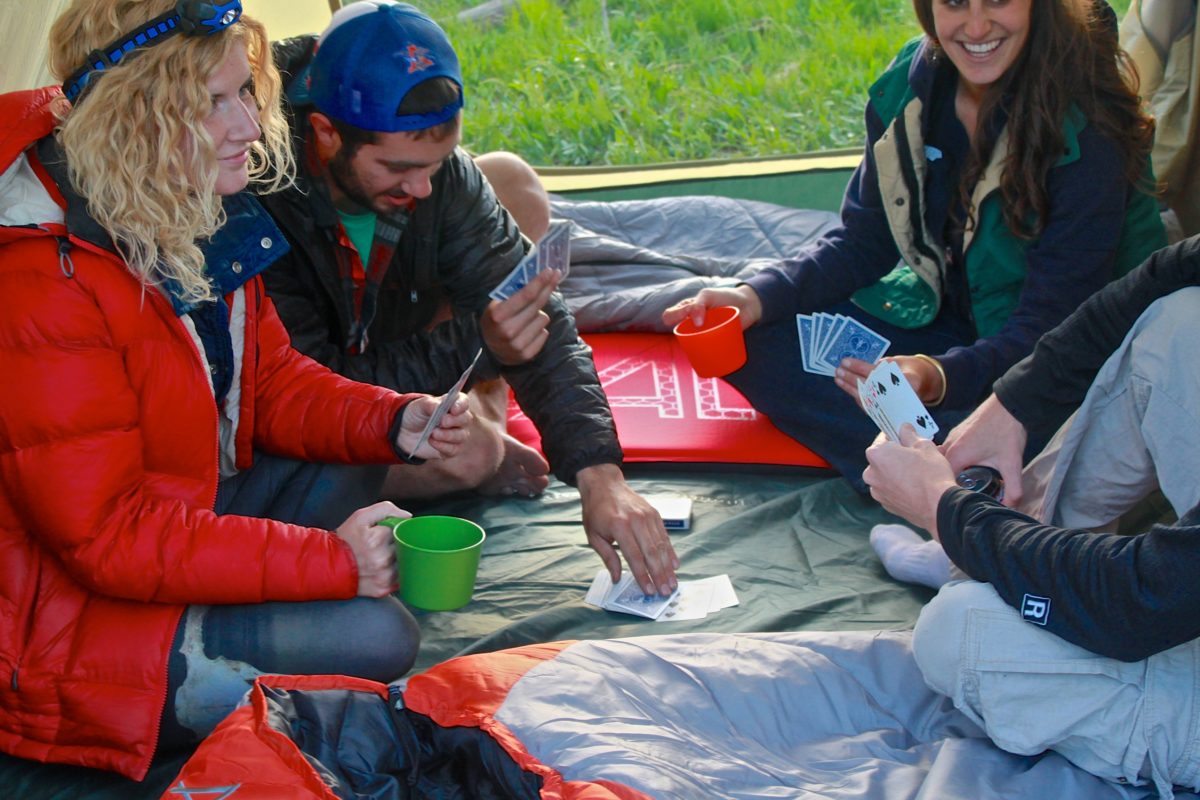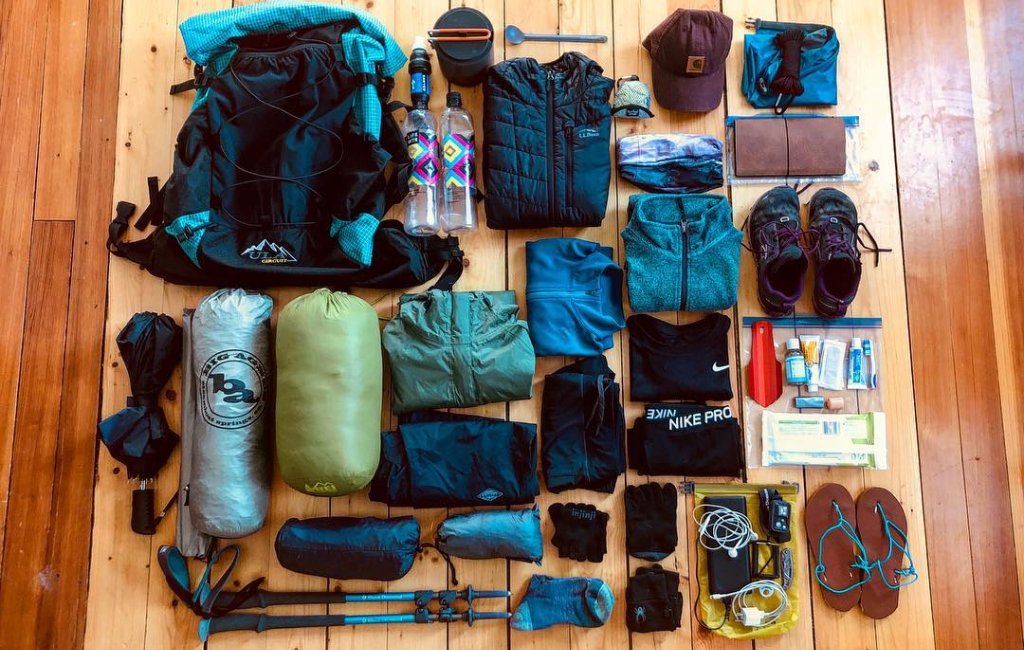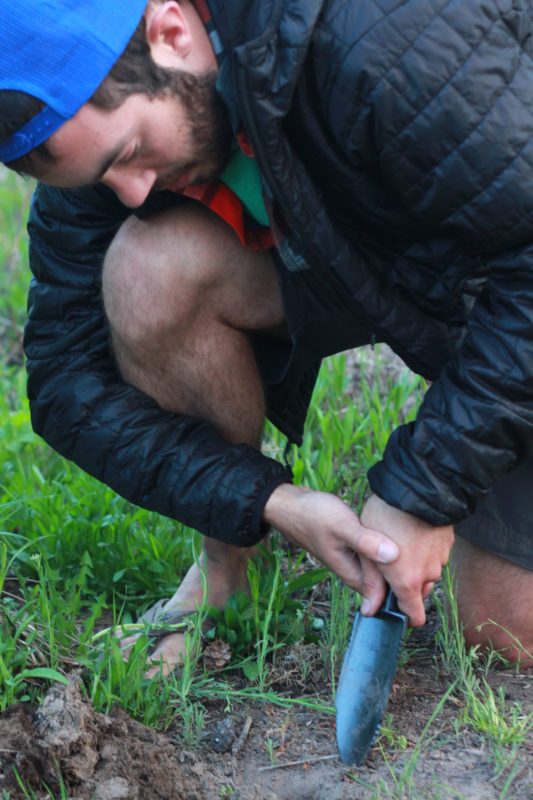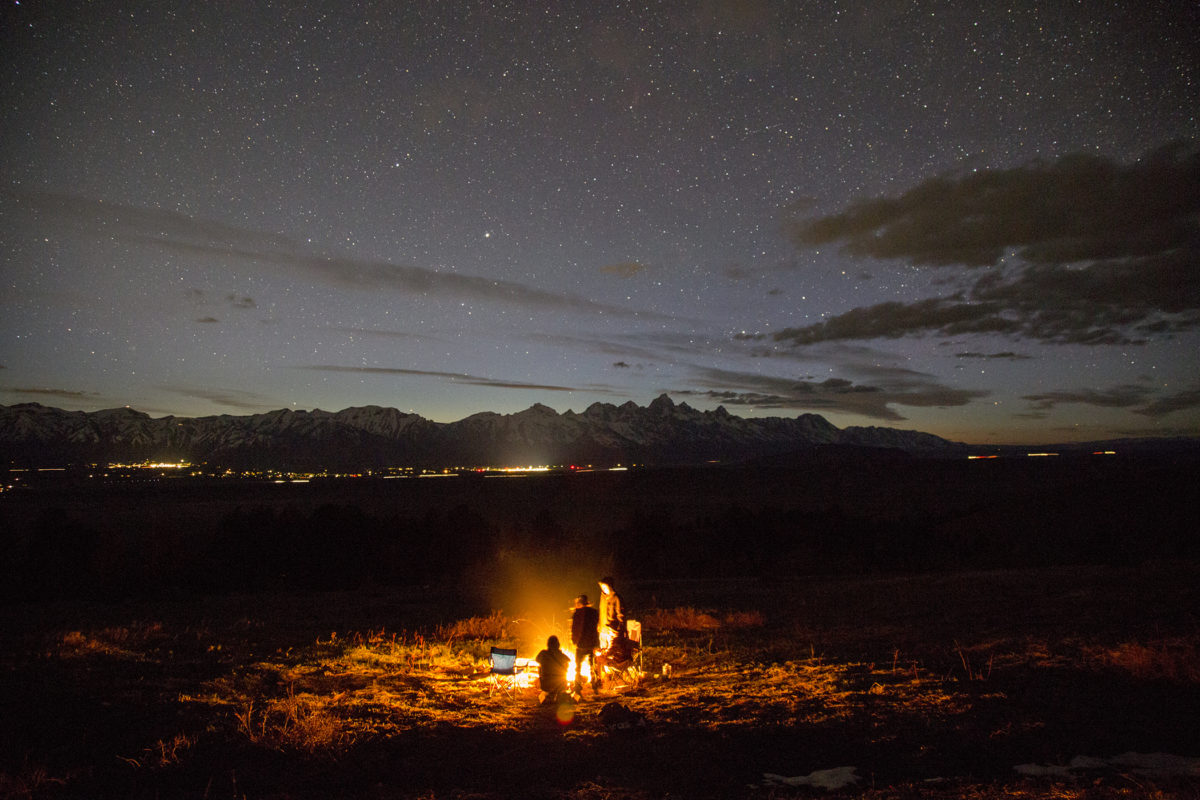When fully open, Yellowstone has 12 campgrounds with 2000+ campsites scattered throughout the park. Five of the campgrounds are operated by a third-party company, Yellowstone National Park Lodges. They take reservations online or via phone (1-307-344-7311). The remaining ones are operated by the National Park. Historically, campgrounds operated by the National Park were all first-come first-served basis, but starting in 2021 all campsites must be reserved on recreation.gov. The only exception is Mammoth Campground which offers first come first served campsites in the winter.
Even though that sounds like a lot, many of them are at capacity or filled up by the morning of that day. So plan ahead! YSNP offers a nice real time map of the campgrounds and their current availability status.
The price of a campsite per night ranges from $20 to $80+ depending on location and vehicle type (car vs trailer or RV). Most of them are open between May and October. Check their webpage to see more detailed information about each campsite and their offerings.
No trip is complete without the right gear. Teton Backcountry Rentals offers gear rentals that makes packing hassle-free. Truck campers and roof top tents, tables, lanterns, cookware, dining sets, are just some of the few things we offer.Check it out on our summer gear collection.
More than 95% of all visitors entering YSNP never make it more than a mile off the paved road or boardwalk. Yellowstone is huge! Many parts of the park are rarely visited and offer lots of backcountry treasures and seclusion.
Day hiking on established trails does not require a backcountry permit. However, if you are planning on spending a night or two out there you must first obtain a permit.
How to obtain a permit:
- Winter Season (December – March) – visit the Winter Backcountry Camping page for details on obtaining a backcountry permit during the winter season.
- Spring Season (April 1 – May 14) – backcountry permits available via phone or e-mail up to 3-days prior to the start of the trip. Call 307-344-2160 or e-mail to request a backcountry permit for trips from April 1- May 14.
- Peak Season (May 15-November 5) – during the peak season backcountry permits are available online in advanced or in-person during the Walk-up period. Advanced reservations are available at Recreation.gov during the Early Access Lottery and General On-Sale period. Walk-up permits are available in-person at a backcountry office up to 2 days prior to start of trip.
The price for a permit for backpackers is $5/person/night plus a $10 reservation fee.
Each designated campsite has a maximum limit for the number of people and stock allowed per night. The maximum stay per campsite varies from 1 to 3 nights per trip. Campfires are permitted only in established fire pits. Wood fires are not allowed in some backcountry campsites. A food storage pole is provided at most designated campsites so that food and attractants may be secured from bears.
Teton Backcountry Rentals offers backpacks, cook systems, water filters, trekking poles, sleep systems, and much more. When you’re ready check out the arsenal on our summer gear page.
For more information, please refer to YSNP’s backcountry trip planner. (this is currently under revision at the time of this writing. June 2022)
